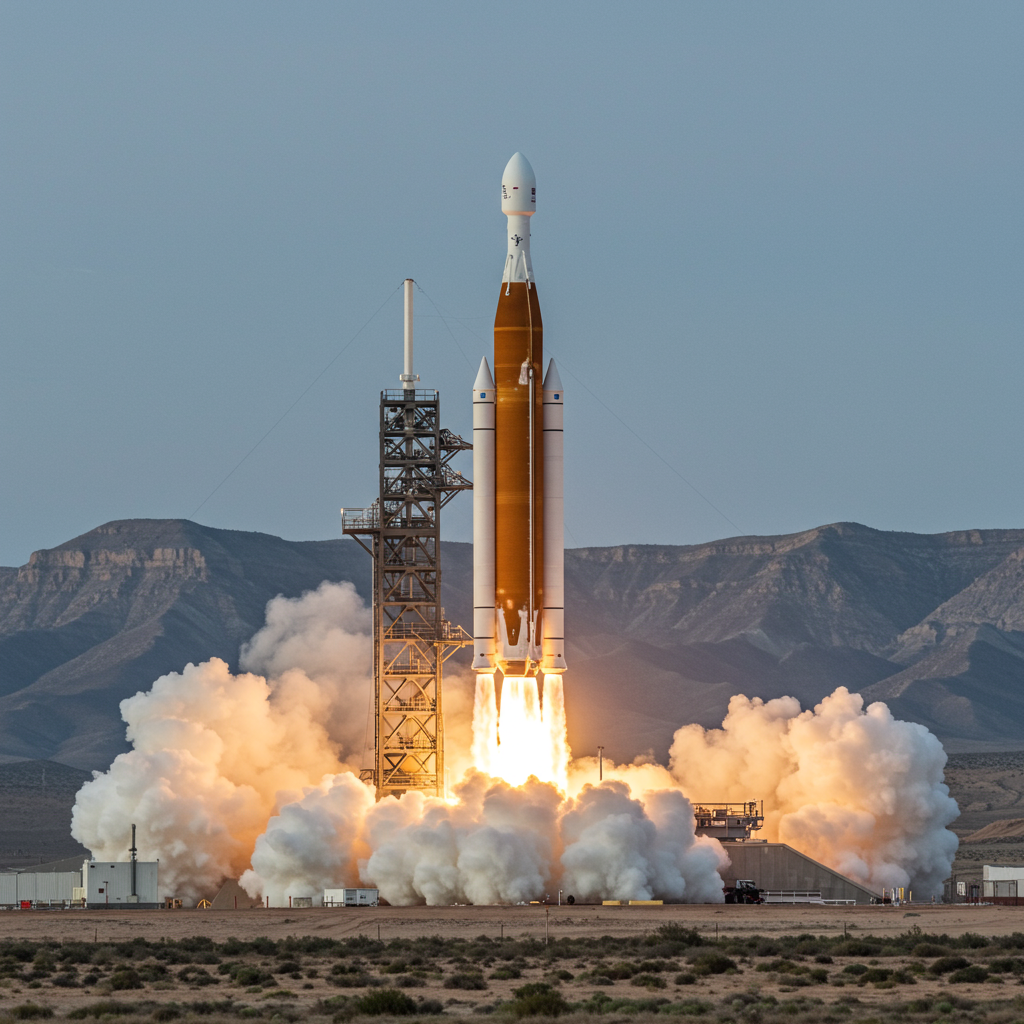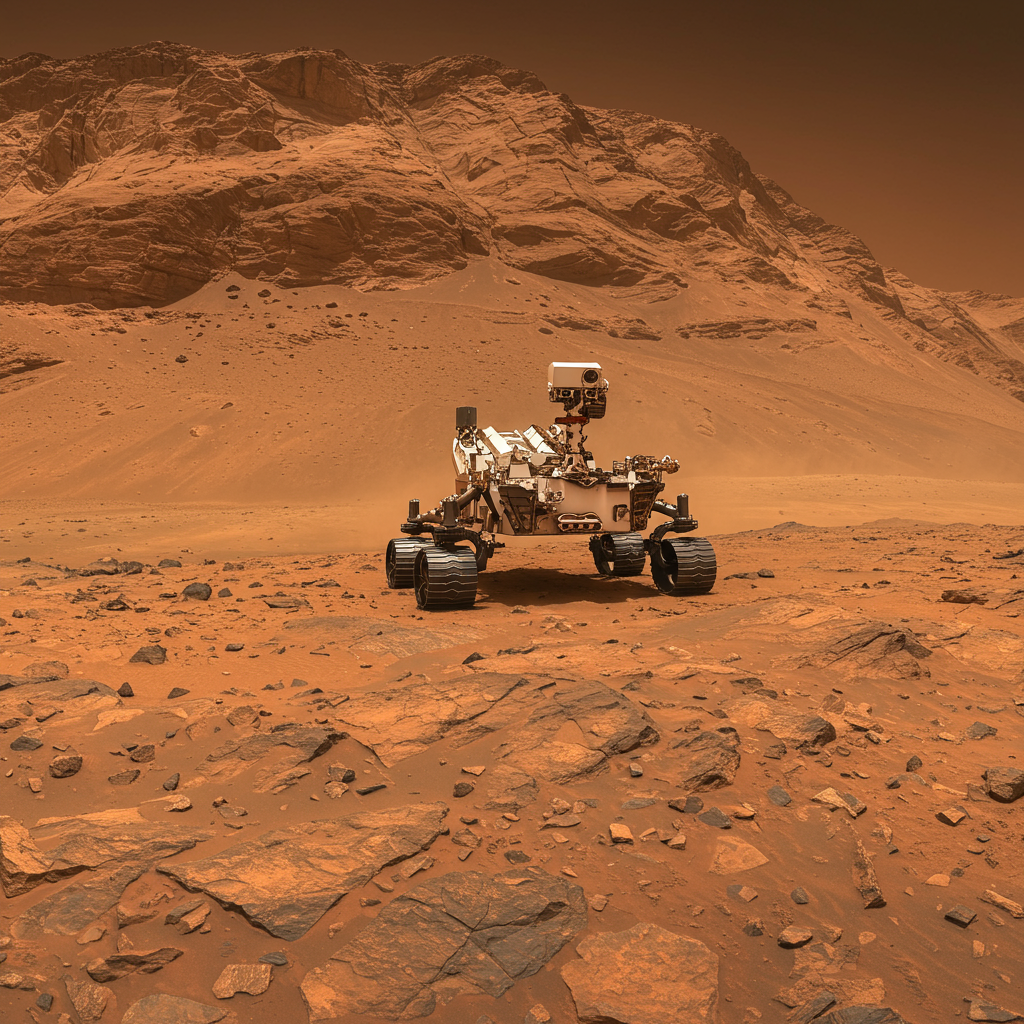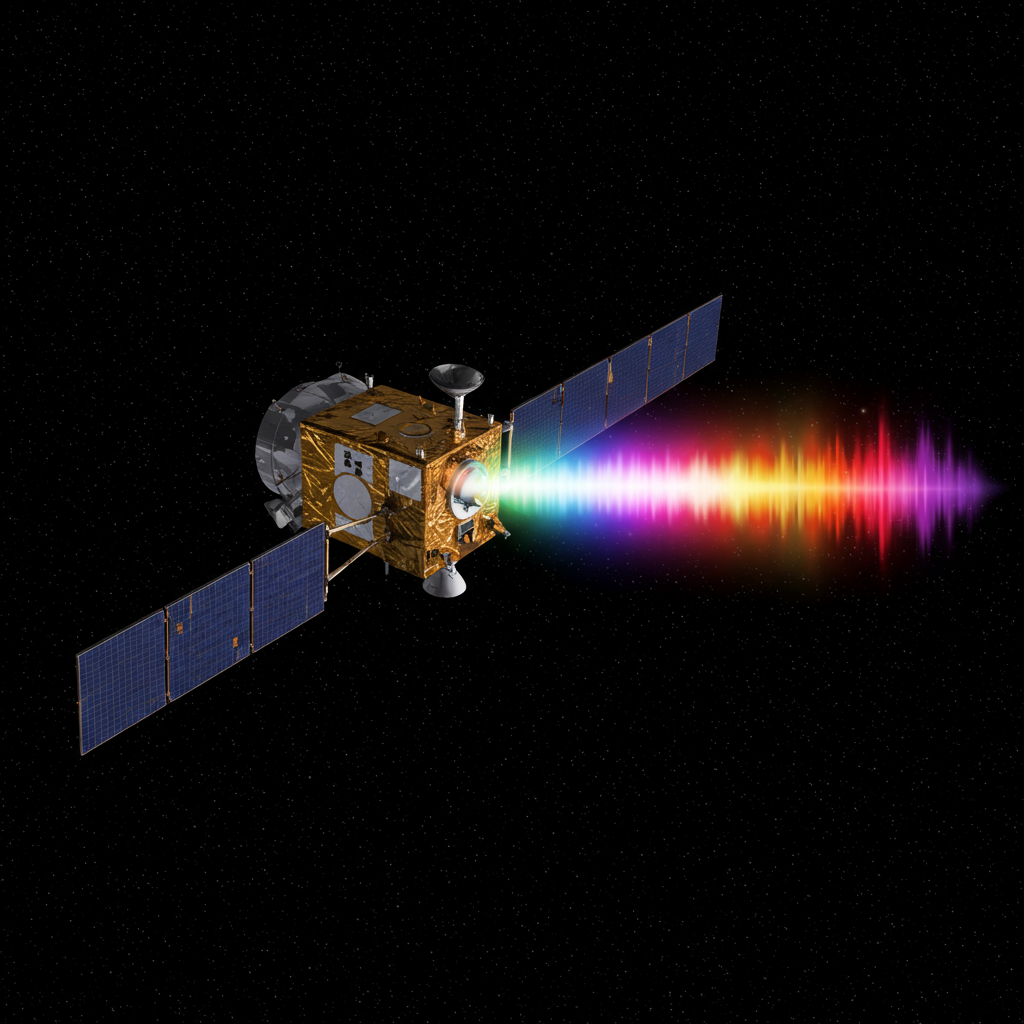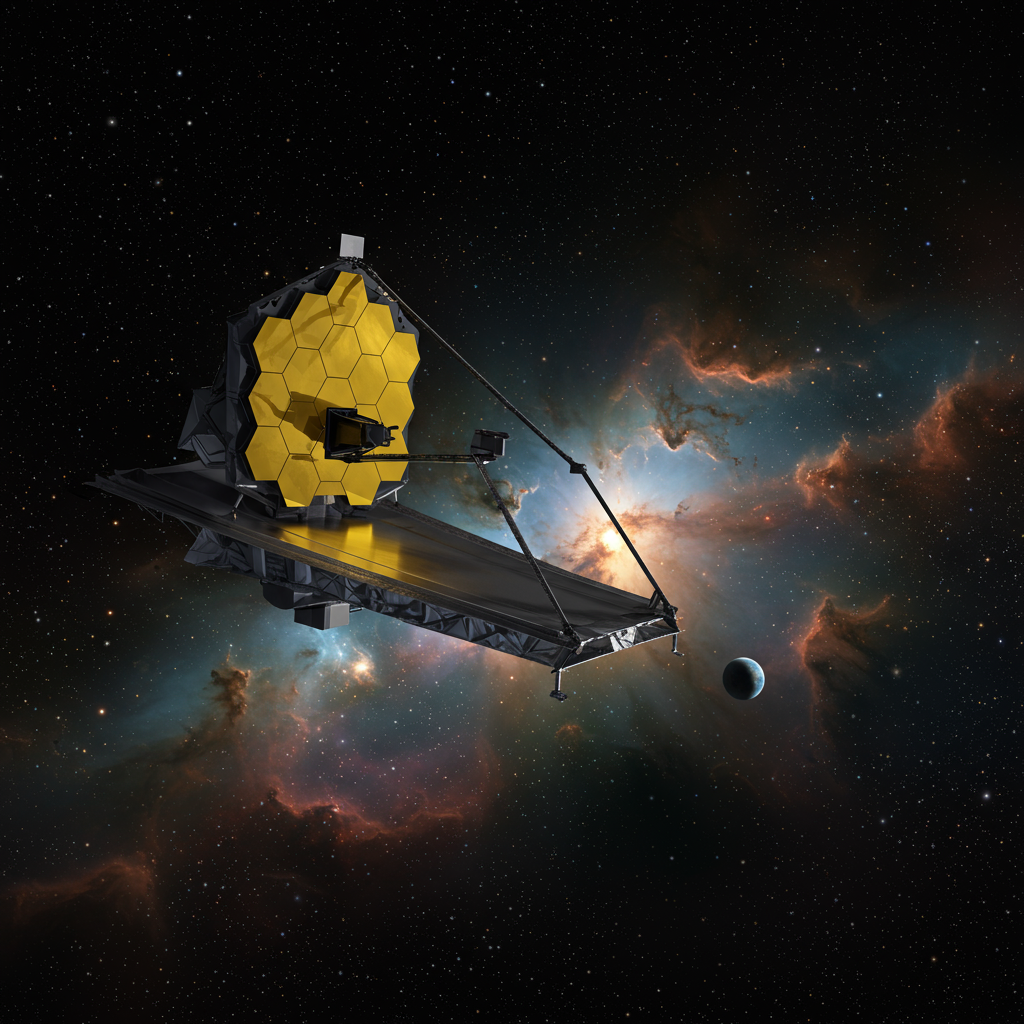A crucial test of a new, more powerful <a href="https://news.quantosei.com/2025/06/28/spacex-launches-rocket-on-starlink-mission-after-storms-lightning-depart-east-central-florida/” title=”Swift SpaceX Starlink Launch Beats Florida Storms”>booster designed for NASA’s Space Launch System (SLS) rocket recently encountered an unexpected issue. This anomaly occurred during a static fire test conducted by Northrop Grumman in Utah. The incident has drawn attention as it involves hardware intended for future Artemis lunar missions. While anomalies are not uncommon in rocket development, this event provides valuable data for engineers refining the complex design.
The test focused on the Booster Obsolescence and Life Extension (BOLE) version of the SLS solid rocket booster. This is a significant upgrade. Northrop Grumman performed the demonstration firing at their Promontory, Utah, facility on June 26. The booster was held horizontally, mimicking the stress of a launch burn. The firing lasted just over two minutes, matching the duration it would experience during an actual flight off the launch pad.
Everything appeared normal for much of the test burn. However, around 100 seconds into the firing, a visible issue emerged. Exhaust was seen escaping from the side of the nozzle area. Seconds later, debris scattered from the vicinity of the nozzle. This was captured live on NASA’s webcast of the event. Audible reactions from test controllers on the webcast conveyed surprise and concern.
Despite the visible anomaly and the scattering debris, the massive solid rocket motor continued to burn. It completed its planned two-plus minute firing duration. Officials from both NASA and Northrop Grumman initially made no mention of the incident immediately after the test on the webcast. Their initial comments focused on other aspects of the successful burn duration.
Hours later, Northrop Grumman acknowledged the issue. Jim Kalberer, vice president of propulsion systems at the company, released a statement. He confirmed that an “anomaly” was observed near the end of the two-plus minute burn. Kalberer stated that the motor appeared to perform well through most of the harsh burn environment. He did not release further specific details about the nature of the anomaly at the time.
Kalberer emphasized the challenging nature of the test. He noted that Northrop Grumman was “pushing the boundaries” of large solid rocket motor design. The BOLE version is a completely new design. It is also described as the largest segmented solid rocket booster ever built. Kalberer highlighted that this test, including the anomaly, provides essential data. This information will be used to improve the design for future development and testing cycles.
The BOLE Booster: Powering Future Artemis Missions?
The BOLE design represents a significant technological leap for the SLS program. These upgraded boosters are intended for use starting with SLS missions planned for the 2030s. Specifically, they are slated for introduction with Artemis 9. A primary driver for the BOLE version is the need to replace aging hardware. The current SLS boosters use legacy steel casings from the Space Shuttle era. The new BOLE boosters replace these with advanced carbon fiber composite designs. This makes the boosters lighter and stronger.
Beyond the casing material, the BOLE design incorporates other enhancements. It uses a new propellant formulation. Combined with other technical advances, these improvements result in a booster with significantly increased performance. The BOLE booster is expected to increase performance by more than 10%. This boost in power translates directly into payload capacity. It could add an extra five metric tons of payload for SLS missions aiming for the moon. This added capability would support more ambitious lunar surface activities or deliver larger components to lunar orbit.
Uncertainty Looms for SLS and BOLE
Despite the technical progress and planned performance upgrades of the BOLE booster, its operational future remains uncertain. The development work is underway with an eye toward missions like Artemis 9 in the next decade. However, NASA’s fiscal year 2026 budget proposal casts a shadow over those plans. The proposal seeks to cancel the SLS program after the Artemis 3 mission. This would effectively end the need for boosters like BOLE on future NASA heavy-lift flights.
There is some legislative counter-movement. A provision in the Senate version of a budget reconciliation bill could add funding. This funding would potentially support two additional SLS missions, extending the program through Artemis 5. Crucially, this provision makes no mention of the vehicle’s future beyond Artemis 5. This ongoing budget uncertainty means it is far from guaranteed that the BOLE design will ever fly on an actual mission. The development might continue to gather data, but the ultimate application is in question.
Context: Another Nozzle Issue for Northrop Grumman
This recent anomaly is not the first time a Northrop Grumman-built solid rocket booster has experienced a nozzle issue in less than a year. In October 2024, a nozzle detached from one of the two GEM 36XL solid rocket boosters. These boosters are much smaller than the massive SLS BOLE version. The GEM 36XLs were used on the second launch of United Launch Alliance’s (ULA) Vulcan rocket. The loss of the nozzle reduced the booster’s performance. Fortunately, it did not prevent the Vulcan rocket from successfully completing its mission.
ULA later investigated the incident. In March, ULA determined the GEM 36XL nozzle issue was caused by a manufacturing defect. The defect was found in one of the internal parts of the nozzle assembly. Corrective actions were subsequently implemented. Fixes to prevent a recurrence of that specific problem were confirmed in a test firing. That test also took place at Northrop Grumman’s facility in February. While the scale and design are different, both incidents involve nozzle performance on Northrop Grumman solid motors. They highlight the technical challenges in this critical rocket component.
Developing large, powerful solid rocket motors is inherently challenging. The forces and temperatures involved are extreme. Engineers must carefully balance performance needs with structural integrity. An anomaly during a test, while disappointing, serves a vital purpose. It reveals potential weaknesses or unexpected behaviors under realistic conditions. The data collected from the BOLE test, including the moments leading up to and during the anomaly, will be analyzed extensively. This analysis will inform design modifications. It’s a necessary step in the iterative process of developing complex hardware like rocket boosters. The path to space is often paved with test failures that lead to eventual success. The key is learning from these events.
Frequently Asked Questions
What happened during the recent SLS booster test?
During a static fire test of NASA’s new BOLE solid rocket booster on June 26 in Utah, an anomaly occurred approximately 100 seconds into the burn. Exhaust was seen coming from the side of the nozzle, followed by debris scattering from the nozzle area. The motor completed its planned firing duration despite the incident.
What is the BOLE booster and why is it being developed?
The BOLE (Booster Obsolescence and Life Extension) booster is a new version of the SLS solid rocket booster being developed by Northrop Grumman. It replaces older steel casings with lighter carbon fiber composites and uses a new propellant. Its purpose is to increase the SLS rocket’s performance by over 10%, adding five metric tons of payload capacity, for potential use on future Artemis missions starting around Artemis 9.
Could this test anomaly affect the future of NASA’s SLS rocket or Artemis missions?
While test anomalies provide crucial data for improving designs, this specific incident adds another layer of complexity to the SLS program’s uncertain future. NASA’s current budget proposal aims to cancel SLS after Artemis 3, which could mean the BOLE boosters might never fly operationally. The anomaly doesn’t help the case for continuing the program beyond its currently planned flights.
The analysis of the BOLE test anomaly will take time. Northrop Grumman and NASA engineers will pour over the data collected during the two-plus minute firing. Their findings will determine the next steps in the BOLE development program. This could involve design changes, additional analysis, or further testing. The future of the BOLE booster ultimately remains tied to the political and budgetary decisions surrounding the Space Launch System itself. Whether these powerful new boosters will ever help send payloads toward the moon on an SLS rocket is still an open question.




